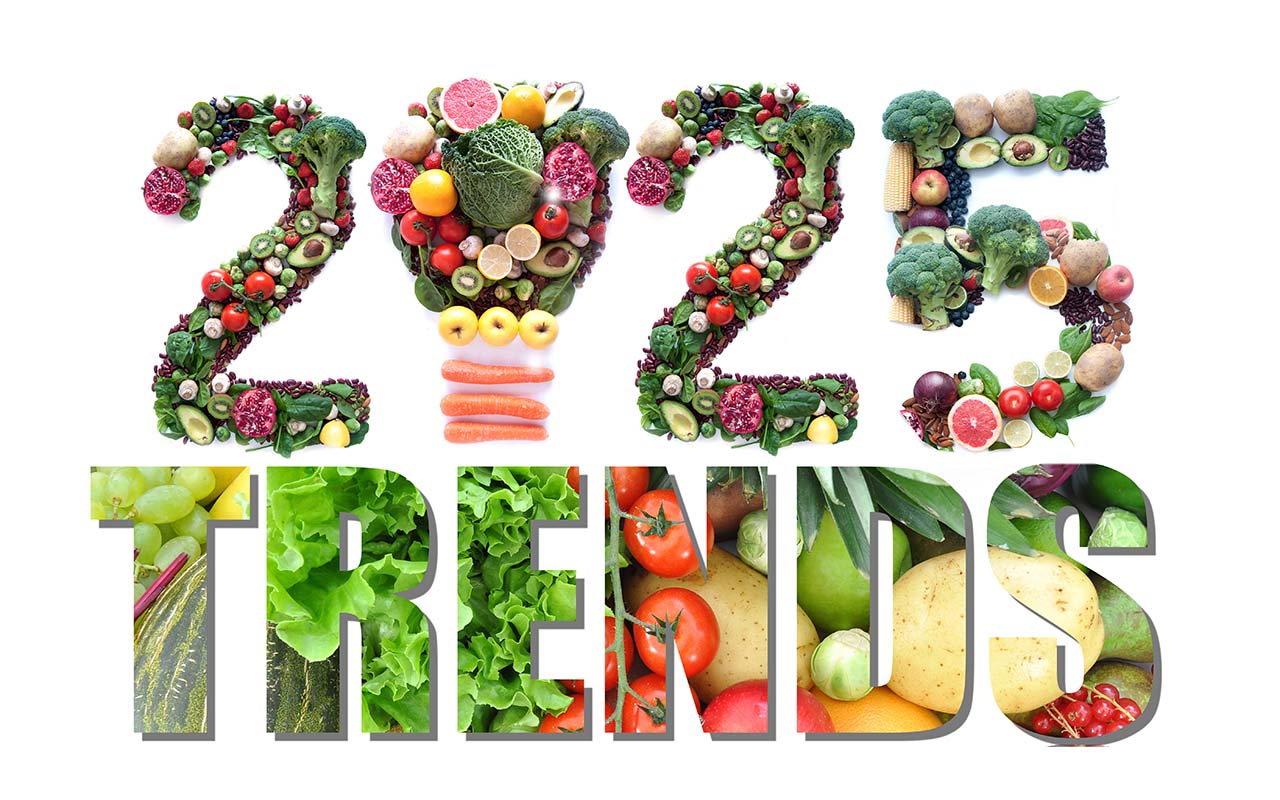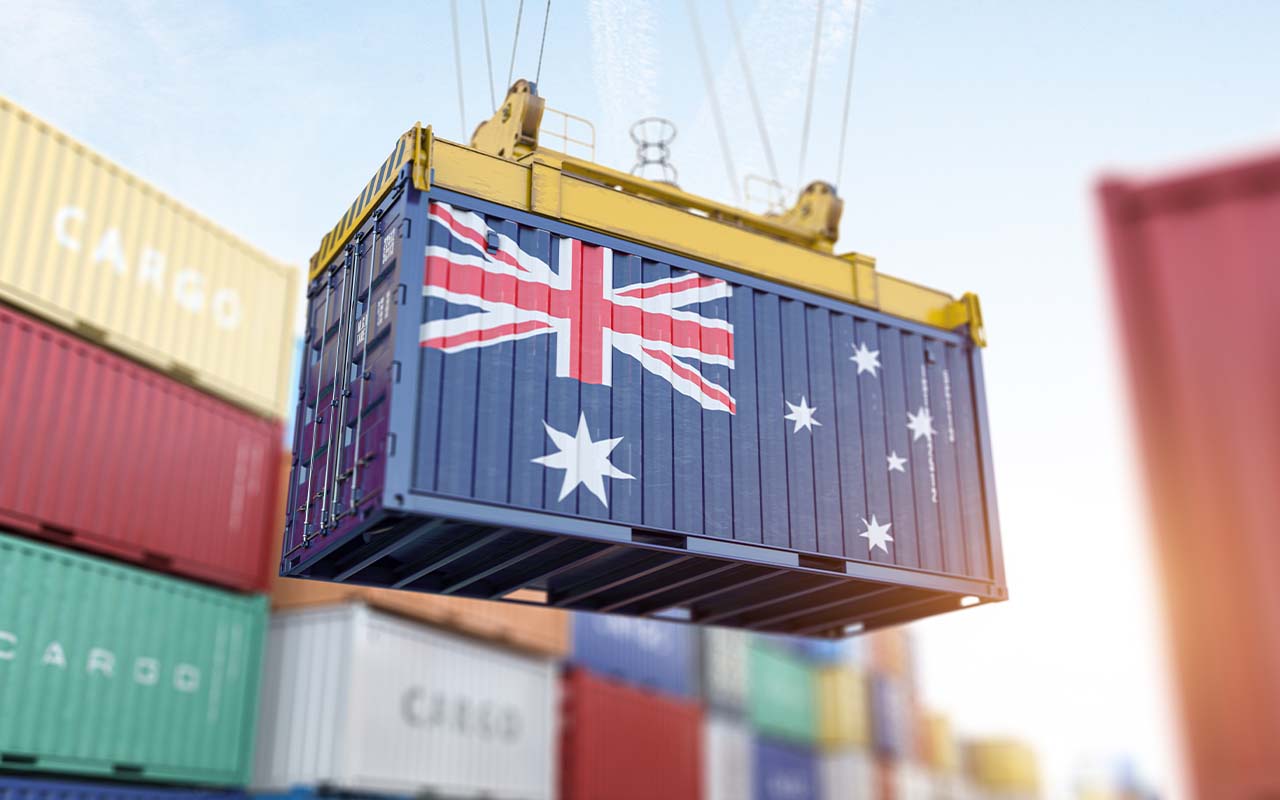Feb 13, 2025 by Mark Dingley
What's in store for the food industry in 2025? With rapid innovation, volatile markets and shifting consumer demands, staying competitive means keeping up with emerging trends and being ready to adapt.
There are lots of trends making the headlines. So, to cut through the noise, we’ve analysed leading market research and reports from Australia and beyond to give you the top eight trends shaping the future of food.

Advancements in food-preservation technologies are making an impact, and NielsenIQ says we can expect these technologies to improve and become more widespread in 2025. High-pressure processing, cold pasteurisation, intelligent storage systems and modified atmosphere packaging (MAP) have increased products’ shelf life while helping maintain their nutritional quality and freshness. By extending the shelf life of food, these technologies also help reduce food waste and contribute to environmental sustainability.
Innova Market Insights’ Top 10 Trends for 2025 highlight the importance of product differentiation through improved ingredient quality, which is expected to significantly impact purchases of food and beverage products in the coming year.
Higher-quality ingredients can help companies differentiate themselves. An Innova consumer trends survey in 2024 showed that consumers rank quality in ingredients and products as the most important consideration in food and beverage purchases.
As value has risen in importance because of inflation, manufacturers of private-label products are boosting the quality of their products and ingredients to offer consumers a cost-conscious way to enjoy the products they love – including indulgences.
The story of 2024 was the story of consumers dealing with the impact of inflation. And we can't ignore the continued pressure of inflation on consumers and businesses in 2025.
Many households are prioritising essentials and scaling back on premium items or switching to private labels and bulk purchasing. In fact, 53% of retailers projected private label to be their top growth driver in 2024, according to the NIQ x Advantage Manufacturer and Retailer Outlook Survey.
Fresh food, however, remains a key priority for many consumers regardless of price pressures. The International Fresh Produce Association (IFPA) predicts an ongoing demand for fresh, locally sourced and organic foods in 2025. Some are willing to pay a premium for organic or locally sourced products, while others are opting for conventionally grown items or smaller portions to manage costs.

Sustainability will continue to impact the food industry in 2025. Food waste is at the top of the challenges we face. Australia has a goal to halve its food waste by 2030. Fruit and vegetables are Australia’s most wasted food, with more than three million tonnes of produce wasted annually.
At the same time, new climate-reporting requirements and commitments are changing how businesses operate, and products across the food industry are produced and packaged. Australia’s new climate reporting rules, known as ASIC’s Climate Disclosure Regime, are mandatory for larger companies and enforced from last month, which may also indirectly impact small and medium suppliers and manufacturers. As such, businesses need to focus on strategic planning, improved transparency and upskilling in 2025.
Suppliers are also under increasing pressure to find sustainable packaging solutions that balance environmental responsibility with the practical needs of retailers and consumers. Plastic produce stickers are the next target, with the impending ban on plastic produce-stickers in South Australia from September this year. Producers need to find alternative solutions, fast.
Australian manufacturers are increasingly looking beyond their borders to grow their businesses – and there are countless growth opportunities. The demand for Australian red meat in the export market is expected to push the overall value of agriculture, fisheries and forestry to $94.3 billion, the second highest on record. The lower supply from the United States on international markets has improved prices and competitiveness in Australia’s favour. The same applies to the almond industry, where lower output and ageing almond orchards in the USA are creating greater opportunities for Australian products in global markets. These trends are a promising sign for the future of the Australian food industry.

Manufacturers and brands are beginning to unlock the potential of AI and data analytics. These tools are not just helping businesses make more intelligent decisions, but also transforming operations, creating productivity efficiencies, improving equipment life and increasing profits.
The shift towards concrete AI applications that elevate consumer experience, speed up product innovation, identify ingredients, develop product formulations, create flavours, automate production, protect food safety and support sustainability is underway. In 2025, we can expect to see a significant impact from data analytics and AI applications, ushering in a new era of possibilities for the food industry.
The growing popularity of weight-loss medications such as Ozempic will inspire consumers to redefine consumer perceptions of “food as medicine”, according to Mintel’s 2025 Global Food and Drink Trends report.
The focus will be on food and drinks that help consumers get the best nutrition from what they eat, with easy-to-understand claims about protein, fibre and vitamin content. Brands must ensure their health claims are simplified to include critical nutrients, such as protein, fibre, vitamins and mineral content. This will appeal to people using weight-loss drugs, as well as most consumers who define their diets based on their individual health and wellness needs.

More frequent climate-related production challenges and geopolitical events are shaking up food supply chains, forcing companies to adapt how products are sourced and marketed.
Olive oil and cocoa are prime examples. The consecutive years of drought in Spain coupled with the poor 2024 harvest in Australia has caused a global shortage of olive oil. At the same time, the International Cocoa Organization (ICCO) reported that global cocoa production fell by 14.2% in the 2023/24 season, leading to a shortage of around 462,000 metric tonnes – the lowest level of cocoa stocks in 22 years.
In 2025, it will become more important for brands to communicate how adjustments are made in global and local sourcing to benefit consumers. For example, to combat rising costs, chocolate manufacturers are turning to strategies such as shrinkflation (reducing package sizes while maintaining prices) and skimpflation (altering recipes to use less cocoa and more fillers). But unsurprisingly, these tactics are often unpopular with consumers.
Brands need to look to alternative solutions where possible and remain transparent with consumers about how sourcing issues are impacting their products and what this means for consumers.
The food industry in 2025 is set to be dynamic, driven by innovation, sustainability and evolving consumer expectations. Whether adopting cutting-edge technologies, prioritising eco-conscious practices, or responding to shifting consumer preferences, the key to success lies in staying informed and agile.
By understanding these top trends and keeping your finger firmly on the pulse, you'll be better prepared to navigate challenges and seize opportunities in the year ahead.
